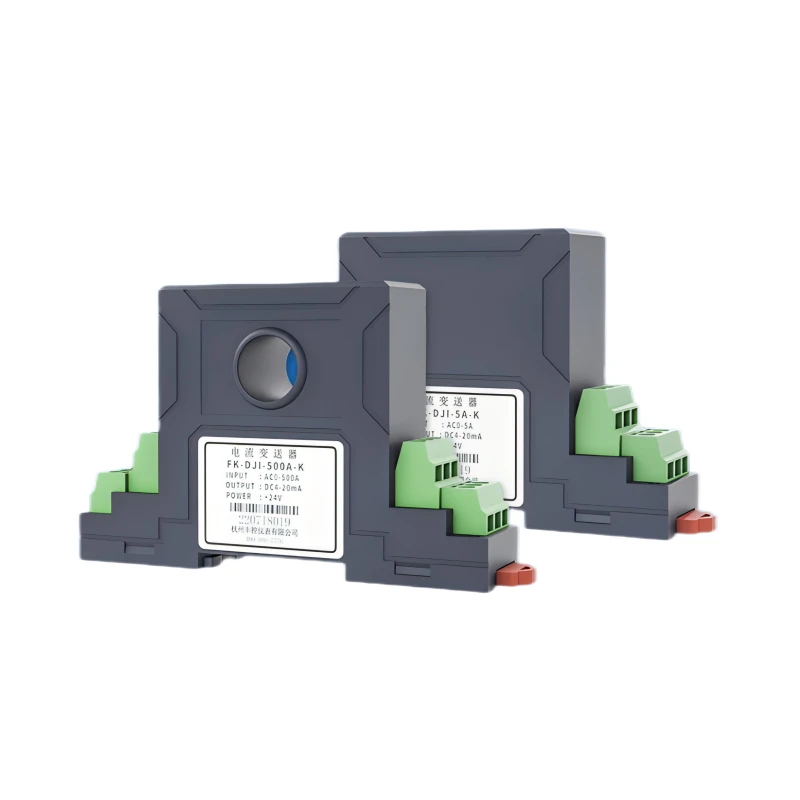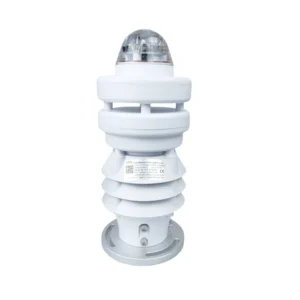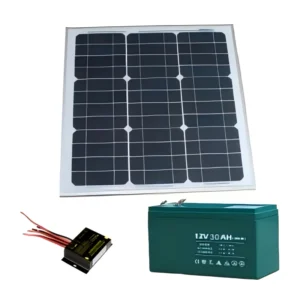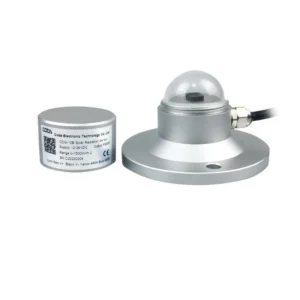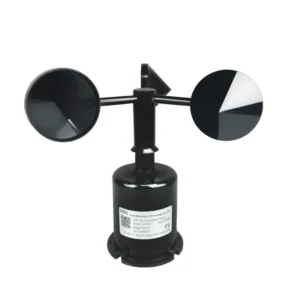Description
CDP-1T0A Hall Current Sensor & DC Voltage
The Hall current sensor operates based on the magnetically balanced Hall principle. According to the Hall effect principle, when the primary side current (Ip) passes through a wire, a magnetic field is generated around the wire. The size of this magnetic field is proportional to the current flowing through the wire. The core aggregates this magnetic field to the Hall device and enables it to have a signal output. The signal is amplified by the signal amplifier and output directly. The output signal of the Hall device accurately reflects the output of the primary current.
Design structure
The working principle of Hall current sensors is based on the Hall effect. Hall effect is a magnetically sensitive effect, which means that when the current passes through a conductor material located in a magnetic field, the magnetic field will produce a force perpendicular to the direction of the electron movement in the conductor, resulting in a potential difference in two directions perpendicular to the conductor and the magnetic inductance line, called Hall potential difference.
Easy installation
We should select the installation location of the Hall current sensor near the conductor of the measured current to accurately measure the current. Generally, we should install the sensor on the straight section of the conductor and avoid installing it at bends or branches.
The installation location should be far away from magnetic field interference sources, such as transformers, motors, and generators. These devices generate magnetic fields that can affect the measurement accuracy of Hall current sensors.
Sensor News
Optimizing Environmental Conditions For Mushroom Cultivation with Coda Sensor Solutions
